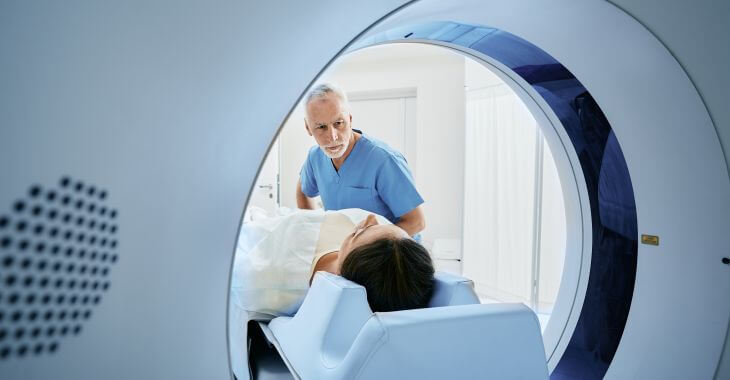Cyst Aspiration Explained
Self-exams and manual exams conducted by your doctor are one of the most important forms of screening for breast cancer. Sometimes, though, a lump isn’t always what it seems. While the first reaction to finding a lump in breast tissue is understandably one of fear and panic, many lumps turn out to be nothing more than cysts. In such cases, simple aspiration is suggested as a method of removing the offending lump.
What is Cyst Aspiration?
When a fluid-filled cyst grows in the breast tissue, cyst aspirations are often recommended. This procedure consists of inserting a fine needle into the lump in order to draw out the fluid in contains. The drawing out of fluid is called “aspiration,” and it’s a relatively painless and simple procedure. Aspirating a fluid-filled cyst causes it to disappear in the majority of cases, which can increase your peace of mind along with reducing any discomfort caused by the cyst. Should the lump resist aspiration due to an absence of fluid, material taken from the lump will be sent for analysis to a pathology labs. Any lump which does not contain fluid is no longer presumed to be a cyst.
Often, cyst aspiration is guided by ultrasound in order to ensure accuracy. This fairly quick procedure rarely requires any sort of aftercare, though it can become an ultrasound-guided core biopsy if no fluid is recovered from the lump.
Patients who are scheduled to undergo a cyst aspiration should contact their primary care physician or a breast care center in order to address any questions or concerns they may have about the procedure. A licensed medical professional can give you more information regarding what to expect from cyst aspiration, and what the procedure entails.
Posted on behalf of Diagnostic Radiology
The information provided on this website, including text, graphics, images, and other materials, is intended solely for informational purposes and should not be used as a substitute for professional medical advice, diagnosis, or treatment.


)